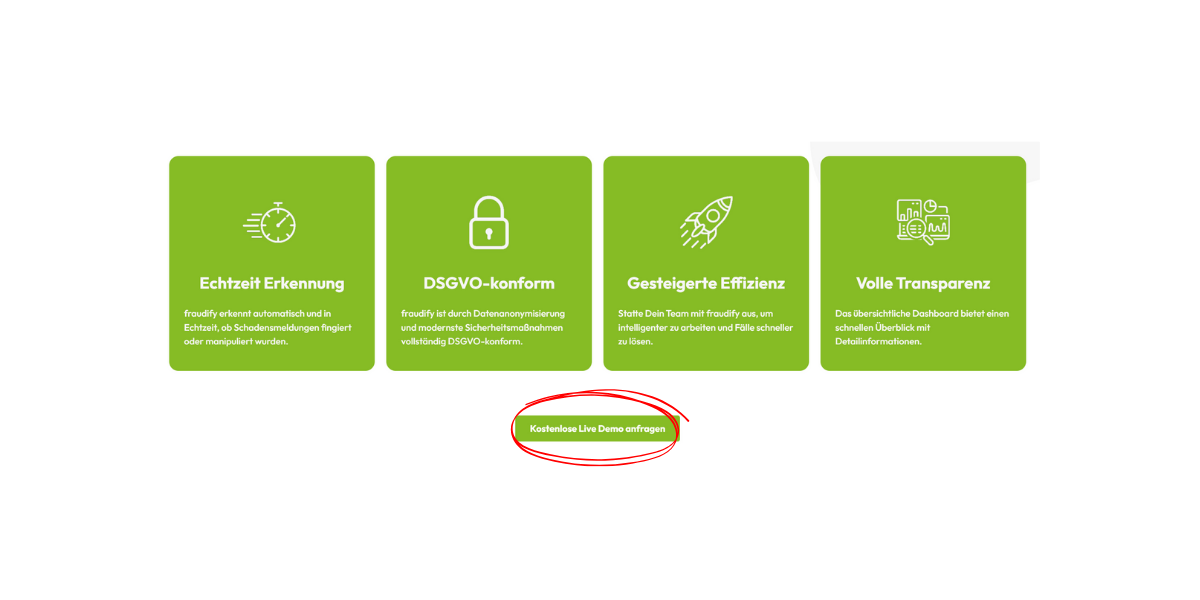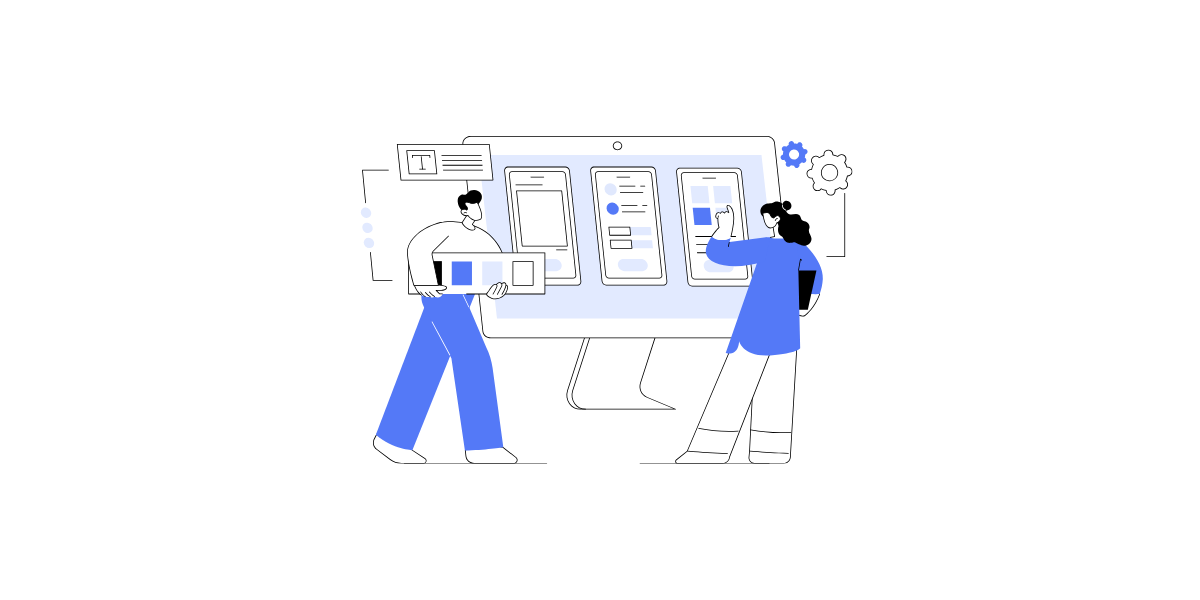
What is UX writing and how does it improve the user experience?
Design is much more than color, form and layout. Content is just as important, because the design and function of texts on the web have a significant influence on the user experience. Language is an equally important design element - it guides, directs, informs and ultimately decides whether people act or abandon a digital product.
In practice, text is often only considered at the very end - "when the design is finished". But this is precisely where there is a misunderstanding: UX writing is not an "add-on", but an integral part of the UX design process.
Whether on a website, in an app or in an online store - the small texts in buttons, forms, error messages or tooltips have a significant impact on the user experience.
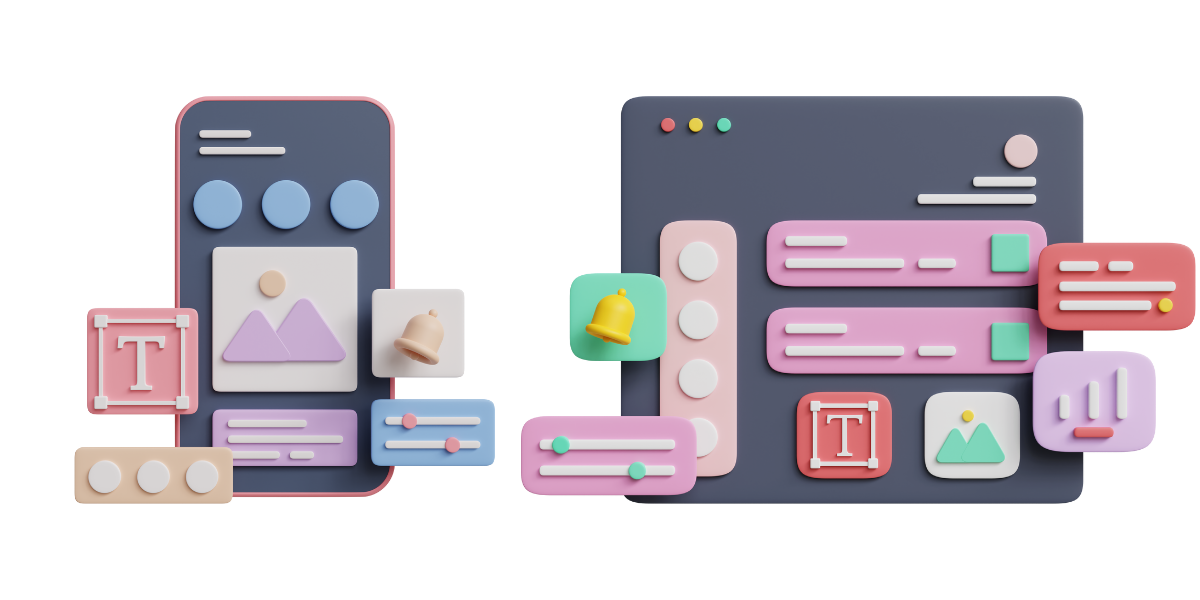
What exactly does a UX Writer do?
Our definition of "UX writing"
UX writing is the design of texts within digital user interfaces - in other words, where users actively interact with a product. The aim is to formulate information in such a clear, empathetic and user-centered way that it guides people safely through the processes. UX writing is often also referred to as user experience writing and involves the creation of UX copy that is specifically tailored to the needs of users.
UX writing is an independent discipline and a specialized field within UX design that is clearly distinct from other text disciplines. The most important characteristics of good UX writing include clarity, comprehensibility, consistency and a focus on action. The focus is always on recognizing the needs of the users and taking them into account in the texts.
Successful UX writing is based on principles such as user-centricity, simplicity and accessibility. The user interface and the individual interfaces play a central role, as the texts are placed directly at the interfaces between man and machine and have a significant influence on the user experience.
The central task in UX writing: understanding words as an interface.

What is the difference between UX writing, copywriting & content design?
UX writing is often lumped together with copywriting or content writing. While copywriters primarily write marketing-oriented, persuasive and emotional texts to drive action, UX writers focus on user-centered, functional texts to improve the user experience. Traditional copywriters often create general advertising or informational texts, but are usually not specifically trained in the requirements of UX writing. These three disciplines pursue very different goals.
Copywriting...
...has its origins in marketing. Here, everything revolves around attention, emotion and impact. Copywriters write sales-oriented texts that are specifically designed to persuade users to take a certain action. The goals of copywriting are primarily sales, lead generation and increasing conversions. The aim of copywriting is to increase conversion rates and thus increase sales through a targeted approach and convincing content. A clearly formulated call to action is a key element in motivating users to take the desired action. Copywriting specifically appeals to emotions and works with persuasive power to trigger an immediate reaction.
Content writing...
on the other hand, takes an informative approach. Well-designed copy is crucial to a positive user experience as it captures the user's attention and clearly conveys relevant information. It's about imparting knowledge, telling stories and building trust. The design and optimization of content plays a central role in content writing in order to meet the needs of users. Clear and helpful information helps users understand what they are being offered and how they can proceed. Another important contribution of content writing is to support brand building and the transfer of specialist knowledge. Good content creates reach, strengthens the brand and provides added value - for example in the form of blog articles, white papers or guides. The focus here is on SEO, storytelling and relevance.
UX writing (UX copy)...
in turn, focuses on the moment of interaction. It guides users through digital products - step by step, click by click. The focus is on clarity, context and orientation. Good UX copy guides users safely through processes, reduces friction and promotes understanding. They help users to achieve their goals easily - and keep a good feeling.
UX copy refers to the user-centered design of texts that specifically address the needs and expectations of users.
UX writing is an independent discipline and a special field within digital content management that stands out from other text disciplines. The most important characteristics of UX writing include clarity, conciseness, empathy and a focus on action. The focus is always on recognizing and fulfilling the needs of the users, users and users.
Successful UX writing is based on proven principles that have a positive influence on user behavior. The user interface and the interfaces play a central role, as they form the interface between man and machine and significantly influence the comprehensibility of the microcopy. The available space in the interface is often limited, which is why microcopy must be formulated particularly precisely and clearly. The design of content and the communication of clear information are crucial in order to provide users with relevant information and orientation.
UX writers work closely with UX designers, product teams and developers. They consider which words make sense at which point in order to achieve the user goal - from onboarding to error messages.

Why is good UX writing a success factor in UX design?
Language has a direct impact on the perception of products. A study by Yoast showed that the conversion rate could be increased by up to 11.30% after adapting the microcopy using comprehensible, empathetic texts, for example.
The influence of UX writing on conversions, conversion rates and sales is therefore proven, as targeted text optimization can lead directly to more sales and higher turnover).
Clear language also reduces support requests and strengthens trust in brands - a measurable economic value. UX writing is a key success factor for digital products, as the content and user guidance contribute significantly to the success of a product.
UX writing therefore not only improves the user experience, but also the customer experience and sales potential. Especially in e-commerce or complex web applications, good microcopy can be the difference between an abandonment and a sale. Especially on a website or app, as well as on the entire web, UX writing plays a decisive role in user guidance and the optimization of user interaction.

Where does UX writing improve the customer experience?
Language accompanies every step of digital interaction. Clear information and well-designed content are crucial to improving the user experience and capturing users' attention. From registration to logout, microcopy shapes the mood, rhythm and trust of users. The quality and structure of the texts play a central role in the customer experience, as they help to convey relevant information efficiently and achieve the goals of the website or app.
Typical fields of application from websites, apps and online stores
UX writing often shows its impact in the small moments - in what is known as microcopy. These are the short text elements that accompany users in the interface: Buttons, hints, placeholders, loading states or error messages.
The user interface forms the central interface between man and machine and has a significant influence on the user experience. Interfaces must not only be functional, but also adapted to different languages and cultural contexts in order to ensure an optimal user experience.
It is particularly important to make optimal use of the available space in interface elements such as buttons and form fields so that the microcopy remains clear, understandable and user-friendly. They determine whether a process is clear and pleasant - or ends in frustration.
So that you can make targeted use of them, here are the most important areas where good microcopy makes the difference:
Call-to-actions (CTAs)
CTAs are the hinges between interest and action. They decide whether someone clicks or cancels. A generic button like "Send" says little about what happens. Formulations such as "Secure offer now" or "Try for free", on the other hand, are more specific, more active and inspire trust. Good CTAs explain what follows - and thus take away users' uncertainty.
Bad: "Send"
Better: "Contact us now" or "Request a quote"
The difference: concrete action + value proposition.
Buttons and navigation
The choice of words for buttons or navigation points also influences how confidently people navigate your product. "Continue" can mean many things - "Continue to payment", on the other hand, is unambiguous. Clear language reduces friction, saves time and increases trust in the process.
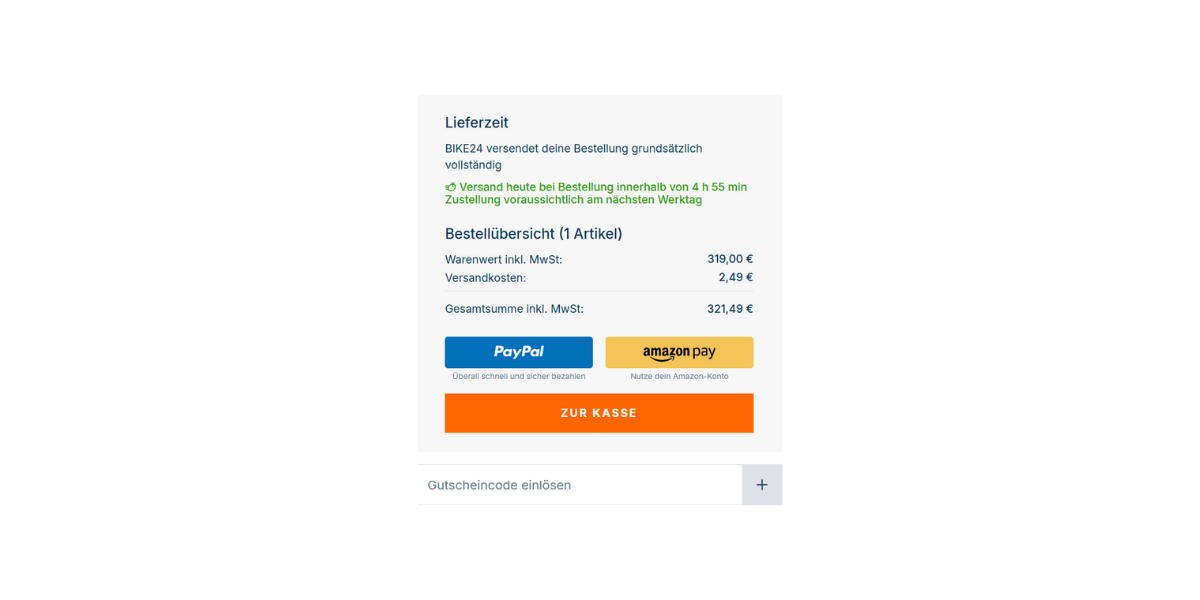
Forms and placeholders
Forms are one of the most common points of failure in digital processes - often because they are unclear or formulated too technically. Microcopy helps to break down these barriers.
A placeholder such as "email" leaves open which address is meant. "Enter your business email address", on the other hand, guides you through the process in a precise and friendly manner. Every little explanation can make the difference between success and failure.
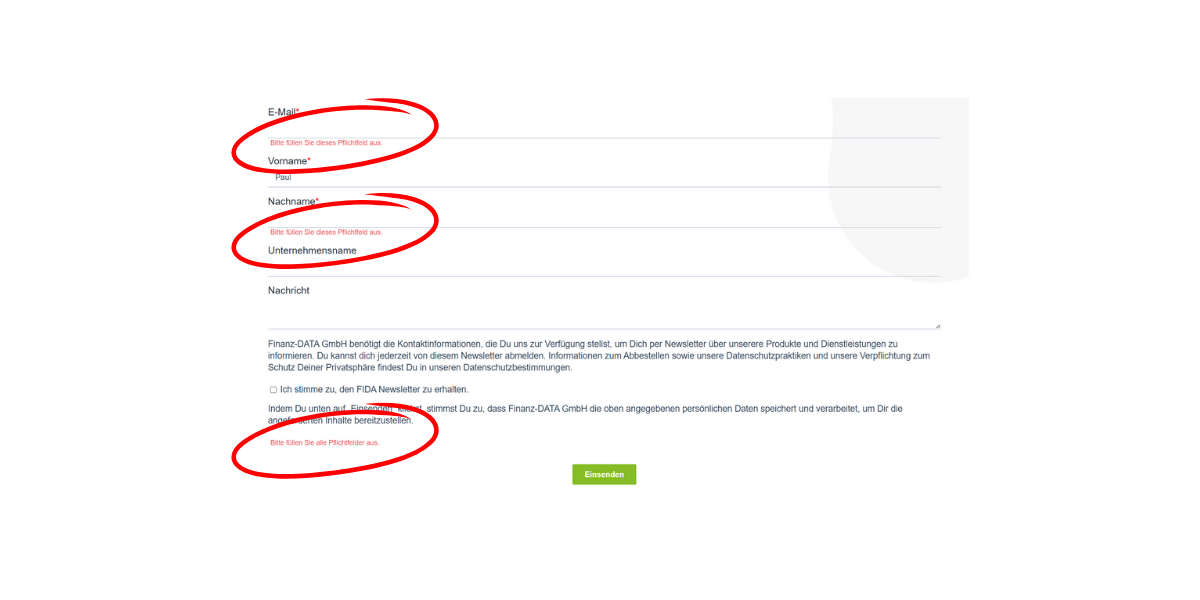
Error messages
Error messages are critical points of contact between people and systems. They can cause frustration - or strengthen trust. A message like "Error 403" sounds technical and distant. "You have no authorization. Please log in or contact support.", on the other hand, shows understanding, explains the cause and offers a solution. Good error messages help instead of instructing.
Bad: "An error has occurred."
Better: "Oops - your internet connection seems to be interrupted. Try again." This shows empathy, states the cause and provides a solution.
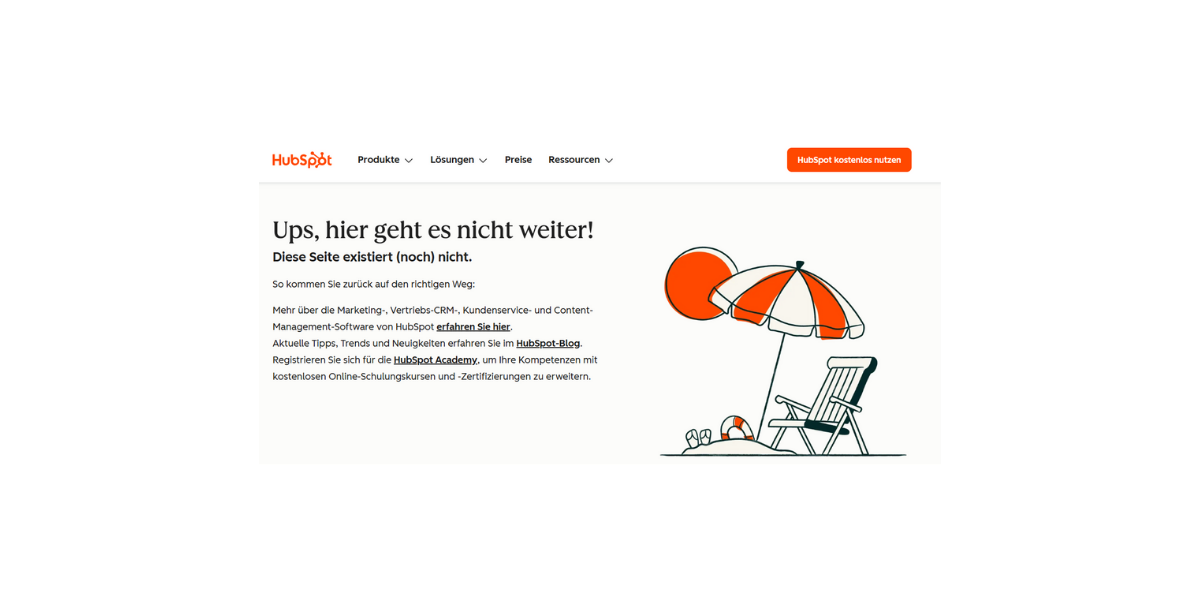
Onboarding and tooltips
The first contact with a new product is all about orientation. Microcopy helps you to gain confidence step by step. A sentence like "Choose a design - we'll show you step by step how it works" makes it clear what happens next and takes away any uncertainty. Empathetic UX writing pays off particularly in onboarding.
Bad: "No data available yet."
Better: "You'll see your projects here later. Create your first one now!" That turns a blank screen into a starting point.
Loading states and empty states
Waiting times or empty states are also part of the user experience. Instead of leaving users alone with a neutral "Loading...", you can make the time positive: "Just a moment - we're preparing your content." Such texts keep users motivated and convey that something is happening in the background.
In all these moments, language becomes a design tool. It can prevent frustration, provide orientation and facilitate the path to the goal.
Best practices from Microcopy in e-commerce & forms
Amazon, Zalando and Shopify invest specifically in UX writing to reduce barriers. Targeted UX writing can significantly increase conversions, conversion rates and ultimately sales in e-commerce, as users are specifically guided to complete a purchase. Zalando, for example, identifies errors in credit card fields with clear instructions ("Please check the CVC number on the back") instead of cryptic error messages.
Microcopy is part of the brand DNA. Humor, friendliness or distance - they should match the brand style. But: in sensitive moments (errors, data protection) it is better to lose personality in favor of clarity and empathy.
Examples from practice:
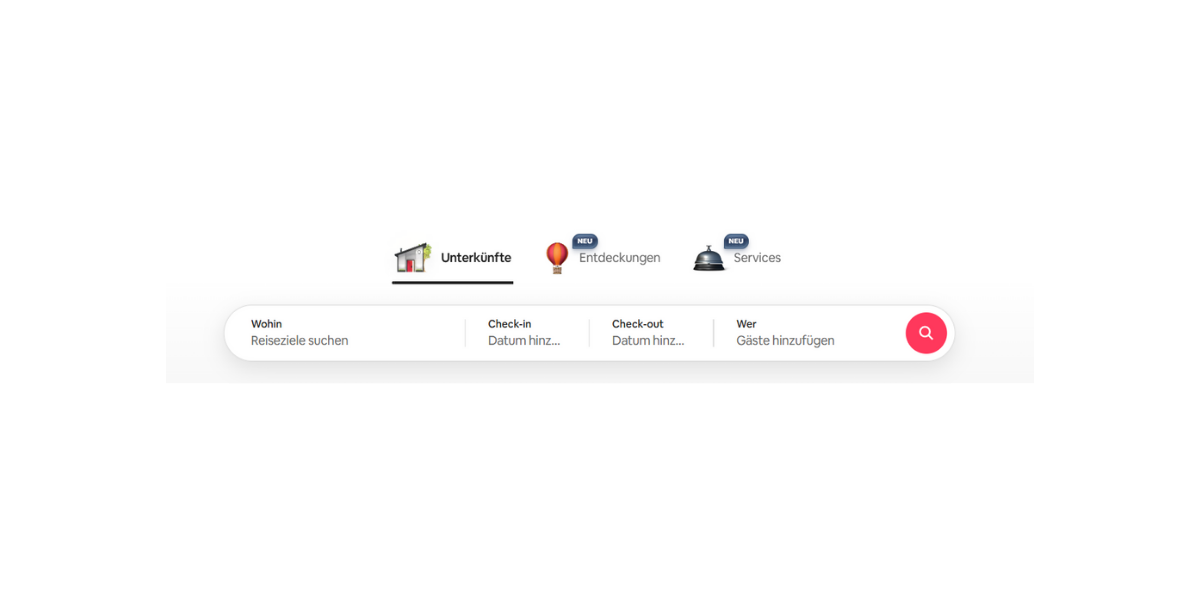
Airbnb: the search box is a guided, three-part "process" to find the accommodation you want: Where to? (search destination) -> When? (select date) -> Who? (add guests)
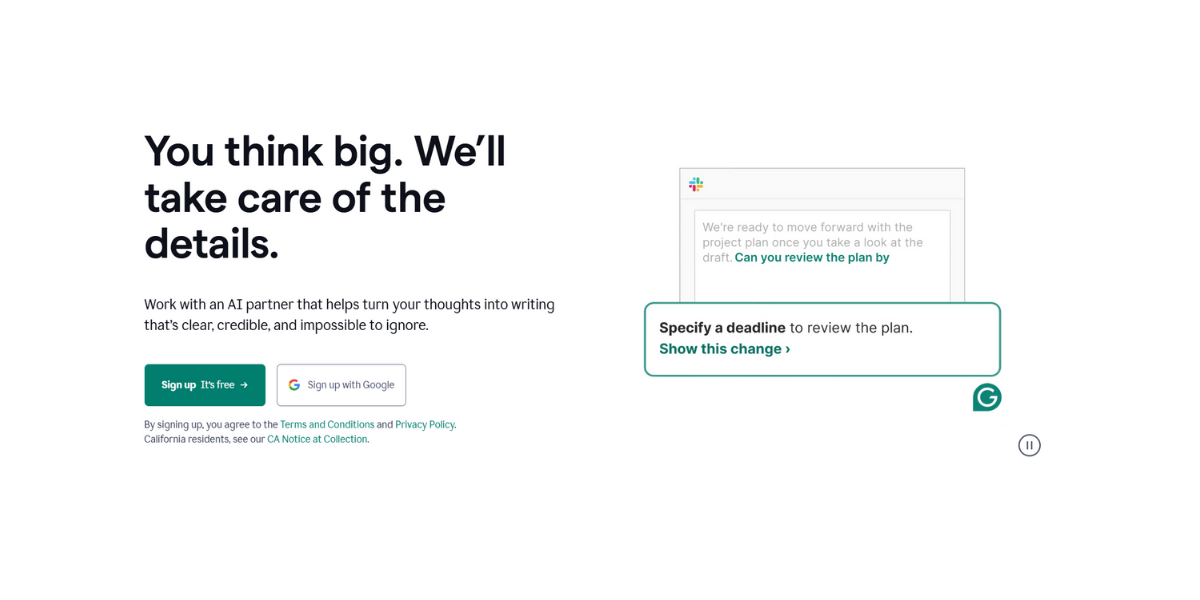
Grammarly: the buttons are titled: "Sign up It's free" or "Get Grammarly It's free" - directly conveys value & security.
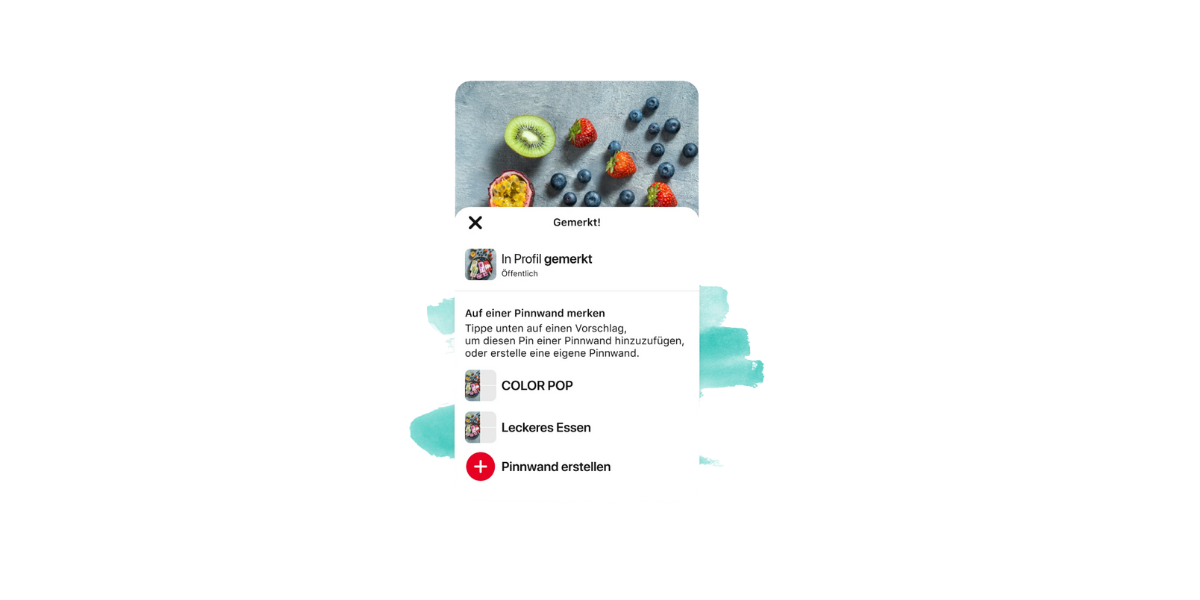
Empty states: Platforms such as Pinterest or Slack use humorous or motivating texts to arouse curiosity - e.g:
"Pin what inspires you"
Remembering pins is what makes Pinterest so special. Browse through pins, remember what you like and let your pins inspire you again and again."
How can a UX writing strategy be implemented in a team?
UX writing can only be fully effective if it is integrated into the product development process at an early stage. As an independent discipline and special field within product development, UX writing is crucial for successful teamwork and should be considered from the outset. Many companies underestimate this point - they still see texts in the interface as "cosmetics" that are added at the end. In reality, however, UX writing should be considered from the very beginning, together with design, product management and development.
Collaboration in the product team for UX writing
Good UX writing is teamwork. The work of the UX writer is crucial for the user experience, as it plays a key role in making digital products user-friendly and understandable. UX writers are not "text providers", but strategists for user communication. They work at the interface between design, technology and business and translate complex processes into clear, understandable and empathetic language.
In agile teams, UX writers often accompany the entire product life cycle(insert image with the ):
Research & concept: understanding user needs and tonality
Design phase: integrating texts into wireframes or prototypes
Testing: Evaluate microcopy in usability tests
Development & rollout: implementation and quality assurance
Iteration: Evaluate user feedback and metrics
This creates a continuous process in which text and design are on an equal footing.
Practical example: In an e-commerce project, the UX team is planning the new checkout flows. The UX writer is involved right from the start - she formulates field descriptions, error messages and CTAs in parallel with the wireframes. During the tests, she observes where users hesitate or misunderstand texts. The findings flow directly back into the design and wording guidelines.
The result: shorter abandonment rates and fewer support tickets.
UX texts and design - a symbiotic relationship
UX writing and UX design are two sides of the same coin. Both pursue the same goal:
a smooth, understandable user experience.
The difference lies in the tool: designers create visual hierarchy, writers create linguistic hierarchy. In the best case scenario, texts are created directly in the Figma prototype, not in Word files.
This allows all team members to see in real time how language affects layout and user guidance.
Tip: Use Figma plugins such as Ditto or Frontitude to bind texts directly to UI components, FigJam for collaborative text workshops, or Miro to make voice & tone examples and wording rules visible. UX writers also help to set priorities: Not every text needs the same tone or the same attention. A button label can be pragmatic, an onboarding screen can be inspiring.
This differentiation creates consistency and depth.

Processes & roles in the company
In larger organizations, there are often several interfaces:
UX writing / content design: focus on microcopy, product texts and style guides Marketing / brand team: focus on campaigns, claims and tonality Development / QA: focus on implementation and translations
Clear coordination is crucial here. If this is missing, inconsistencies arise between marketing messages and product experience - a rupture that costs trust.
Tip: Introduce regular content reviews - short coordination sessions in which writers, designers and developers check the interface together. These sessions often only last 30 minutes, but prevent months of misunderstandings.
A central wording document is also worthwhile: defined terms, formulations and examples are recorded there - e.g. "Login" instead of "Registration" (if standardized), "Start now" as the standard CTA, tonality: friendly, active, respectful.
This document becomes part of the design system - just like components, colors or spacing.

UX writing as part of the content strategy
A sustainable approach is created when UX writing is integrated into the company's content strategy.
This means that every interface has a clear communication purpose. Every message follows a hierarchical structure (e.g. from microtext to context). All content contributes to the brand values and corporate goals.
Example: A financial services provider wants to create trust. The content strategy defines that language should always be transparent, reassuring and activating. UX writers translate these guidelines into concrete texts:
"Your request has been sent" instead of "Request successfully submitted".
Small differences, big impact.
Tip: Create a content style guide together with stakeholders that contains the following points:
Voice & Tone: How does the brand sound?
Wording rules: Which terms are allowed or taboo?
Structure & formatting: How is content structured?
Accessibility: How do you write inclusively and comprehensibly?
Examples: A direct comparison of good and bad microcopy
Such a guide is not a rigid set of rules, but a living document that grows with each project.

Communication, metrics & measuring success
Language is measurable - if you know what to look out for. UX writing can be aligned with clear metrics, e.g:
Conversion rate: How many users click or complete?
Task success rate: How often are tasks completed without errors?
Dwell time & bounce rate: Do texts indicate points of friction?
Support requests: Is the number of processes requiring explanation decreasing?
The potential of UX writing lies in optimizing user experiences in a targeted manner and at the same time sustainably supporting the achievement of business goals.
Example: A SaaS company changed the button text from "Submit" to "Send request" - and reduced abandonments by 18%. Why? Because the new wording was clearer, more emotional and closer to the user's intention.
UX writers should regularly work with data analysts or research teams to document these findings and take them into account in the next sprint.
UX writing is not a stand-alone job, but an integrated part of product development. Only when design, content and development work hand in hand can a consistent user experience be created - clear, empathetic and consistent.
In short: design builds paths, UX writing explains how to walk them.

Conclusion: UX writing is a crucial component of successful UX design!
UX writing doesn't have to be complicated - but it does have to be deliberate. Small, targeted text changes can noticeably improve usability, the conversion rate and the overall user experience. Whether you are managing forms, a website or an app: start with the simple things, measure the effect and build on it. UX writing is design - every word is an interaction.
Good UX writing is not an afterthought - it is a decisive factor in the success of digital products. It not only improves usability and conversion rates, but also strengthens brand identity, trust and customer loyalty. Texts are the interface between people and products. If they are formulated clearly, empathetically and purposefully, they create experiences that last. UX writing means understanding language as part of the design - not as an addition to it. The contribution of UX writing to the success of digital products should therefore not be underestimated.
At FIDA, we integrate UX writing into every design process: from the idea to the interface to the test. Because a really strong user experience can only be created if design and text are thought through together.
FAQ - What is UX writing?
UX writing refers to the writing of short texts (e.g. buttons, error messages, notes) that are part of a digital interface. The aim is to guide users through a product in a clear, understandable and empathetic way. It is less about marketing and more about orientation and usability.
UX writing focuses on interactions and the use cases in the interface - in other words, how can a text help users know exactly what they should do?
Copywriting, on the other hand, focuses strongly on emotion, attention and conversion. Content writing creates knowledge, trust and reach. All three disciplines complement each other, but UX writing is specifically designed for user guidance and action in digital products.
Because language in digital products has a direct influence on user experience, trust and success. Good microcopy can, for example, reduce abandonment rates, reduce support requests and increase conversion rates - it makes processes understandable and inviting.
Frequent fields of application are
Call-to-actions (CTAs) - the moment when users decide whether to take action
Buttons & navigation
Forms & placeholders
Error messages
Onboarding & tooltips
Loading states & "Empty States" when content is missing or loaded
To ensure that UX writing does not become an afterthought, it should be integrated early on in the product development process - as early as the concept, design phase and prototyping. Clear guidelines (e.g. on voice & tone), regular tests with real users and collaboration between design, product management and development also help.
You can use various key figures, e.g: Conversion rates, how high the abandonment rate in forms is, how many support requests come in due to unclear texts, how generally the user feedback on comprehensibility is or how long users need to solve certain tasks.
